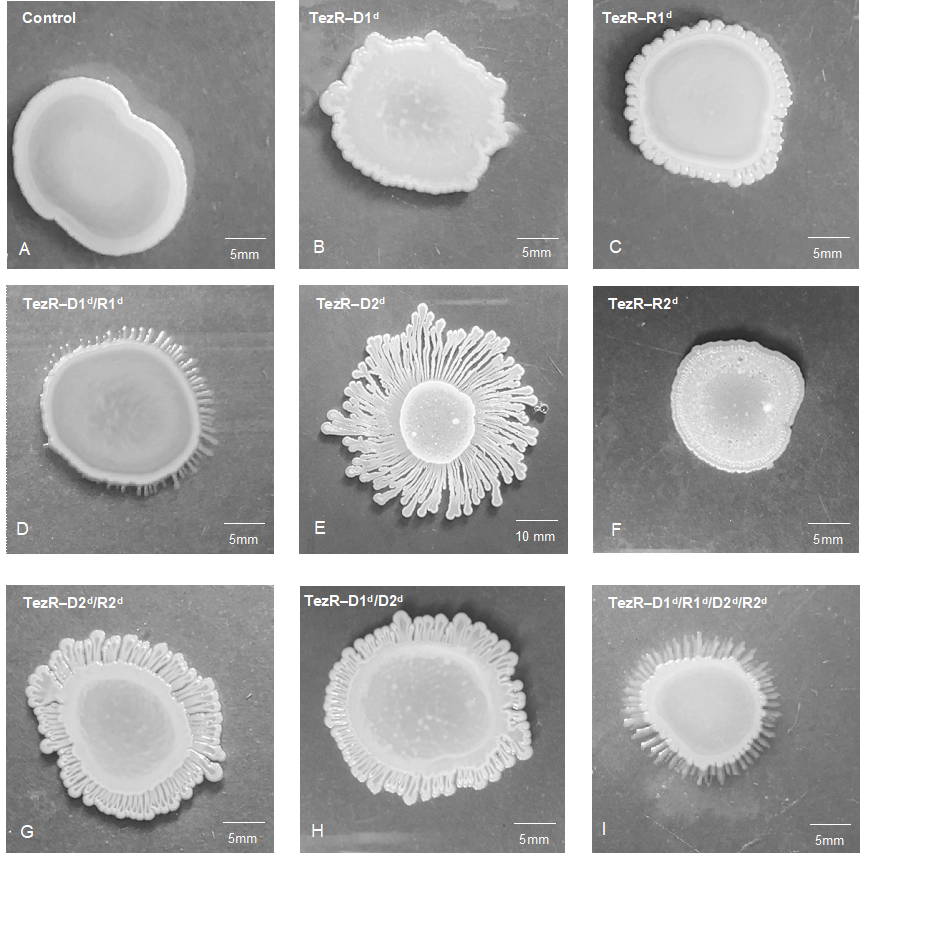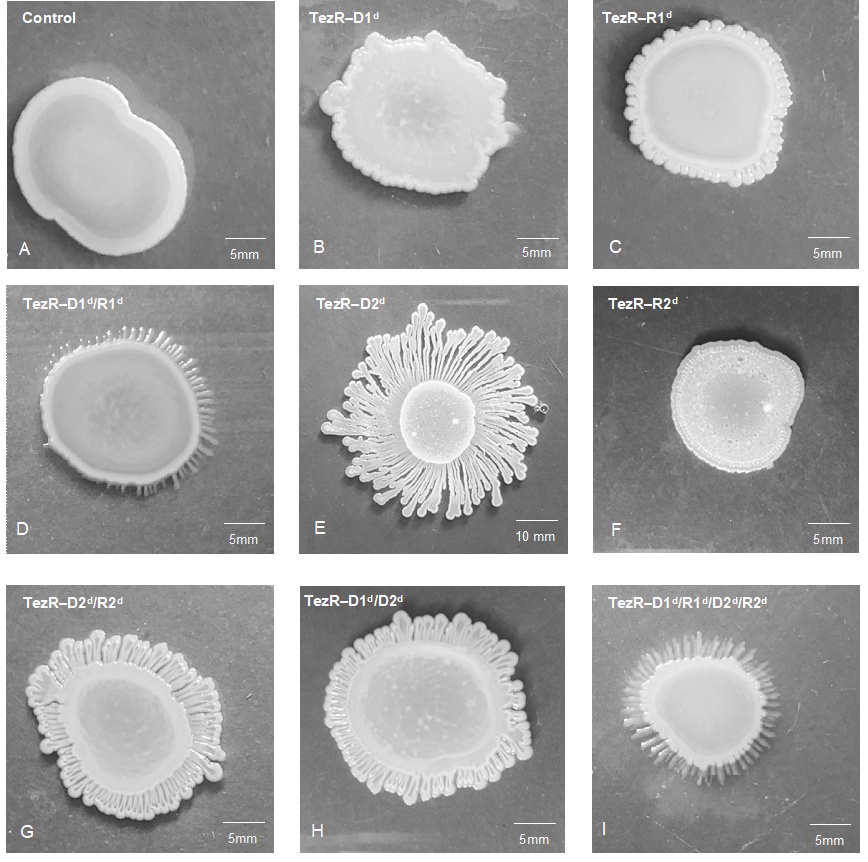Human Microbiology Institute Discovered Previously Unkown Receptors.
We provided the first evidence for the existence of a previously unknown receptive system formed by novel DNA- and RNA-based receptors in both pro- and eukaryotes. This system, named the TR-system, is capable of recognizing and generating a response to different environmental factors and has been shown to orchestrate major vital functions of bacteria, fungi, mammalian cells, and plants. These DNA- and RNA-based receptors (named TezRs) are localized outside of the membrane forming a type of a network around cells that responds to a variety of chemical, biological, and physical factors and enabled the TR-system to regulate major aspects of eukaryotic cell life as follows: growth, including reproduction and development of multicellular structures; sensitivity to temperature, geomagnetic field, UV, light, and hormones; interaction with viruses; gene expression, recognition and utilization of nutrients. The TR-system was also implicated in cell-memory formation and was determined to be responsible for its maintenance and the forgetting of preceding events. This system is the most distant receptive and regulatory system of the cell that regulates interactions with the outer environment and governs the functions of other receptor-mediated signaling pathways.


Selected publications:
Novel Cell Receptor System of Eukaryotes Formed by Previously Unkown Nucleic-Based Receptors.Receptors. (2022);1.
Receptors MDPI (2022)
Novel Cell Receptor System of Eukaryotes Formed by Previously Unkown Nucleic-Based Receptors
| Publication Type |
Journal article |
| Authors |
Victor Tetz
George Tetz |
| Abstract |
Here, our data provide the first evidence for the existence of a previously unknown receptive system formed by novel DNA- and RNA-based receptors in eukaryotes. This system, named the TR-system, is capable of recognizing and generating a response to different environmental factors and has been shown to orchestrate major vital functions of fungi, mammalian cells, and plants. Recently, we discovered the existence of a similar regulatory system in prokaryotes. These DNA- and RNA-based receptors are localized outside of the membrane forming a type of a network around cells that responds to a variety of chemical, biological, and physical factors and enabled the TR-system to regulate major aspects of eukaryotic cell life as follows: growth, including reproduction and development of multicellular structures; sensitivity to temperature, geomagnetic field, UV, light, and hormones; interaction with viruses; gene expression, recognition and utilization of nutrients. The TR-system was also implicated in cell-memory formation and was determined to be responsible for its maintenance and the forgetting of preceding events. This system is the most distant receptive and regulatory system of the cell that regulates interactions with the outer environment and governs the functions of other receptor-mediated signaling pathways. |
Year of
Publication |
2022 |
| Journal |
Receptors MDPI |
| DOI |
https://doi.org/10.3390/receptors1010003 |
Novel prokaryotic sensing and regulatory system employing previously unknown nucleic acids-based receptors.bioRxiv (2021).
bioRxiv (2021)
Novel prokaryotic sensing and regulatory system employing previously unknown nucleic acids-based receptors
| Publication Type |
Preprint |
| Authors |
Victor Tetz
George Tetz |
| Abstract |
The present study describes a previously unknown universal signaling and regulatory system, which we named TR-system. This system is responsible for sensing, remembering, and regulating cell responses to various chemical, physical or biological stimuli. It controls cell survival, variability, reproduction, adaptation, genome changes, and gene transfer. Importantly, the TR-system is responsible for the formation and maintenance of cell memory, as well the ability to “forget” preceding events. The system is composed of DNA- and RNA-based receptors located outside the membrane named “TezRs”, as well as reverse transcriptases and integrases. The sensory and regulatory functions of TezRs enable the TR-system to control all major aspects of bacterial behavior, such as growth, biofilm formation and dispersal, utilization of nutrients including xenobiotics, virulence, chemo- and magnetoreception, response to external factors (e.g., temperature, UV, light and gas content), mutation events, phage-host interaction and recombination activity. Additionally, it supervises the function of other receptor-mediated signaling pathways. Transcriptome analysis revealed that the loss of different TezRs instigates significant alterations in gene expression. |
Year of
Publication |
2021 |
| Journal |
bioRxiv |
| DOI |
10.1101/2021.09.11.459467 |
